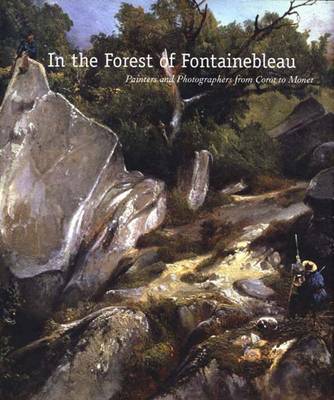The Forest of Fontainebleau, located about 50 miles southeast of Paris, held a singular place in 19th-century art. Variously called "savage," "wild," "romantic," and "beautiful" by visitors, Fontainebleau's topography was viewed in many ways that reflected the sensibilities of the time. This is the first English-language publication to examine the significance of the region to the plein-air tradition in France. The book highlights four pivotal figures in the evolution of landscape painting: Jean-Baptiste-Camille Corot, Theodore Rousseau, Jean-Francois Millet, and Claude Monet. It integrates into this history the photographers who worked at Fontainebleau, including Eugene Cuvelier and Gustave Le Gray, and explores the role the forest played in the development of early photography. It also considers the reception of paintings of Fontainebleau at the Salons and the influence of Fontainebleau on the advent of Impressionism.
- ISBN10 0300138970
- ISBN13 9780300138979
- Publish Date 1 February 2008
- Publish Status Out of Print
- Out of Print 4 January 2017
- Publish Country US
- Imprint Yale University Press
- Format Hardcover
- Pages 220
- Language English
